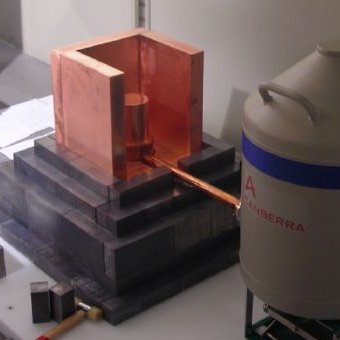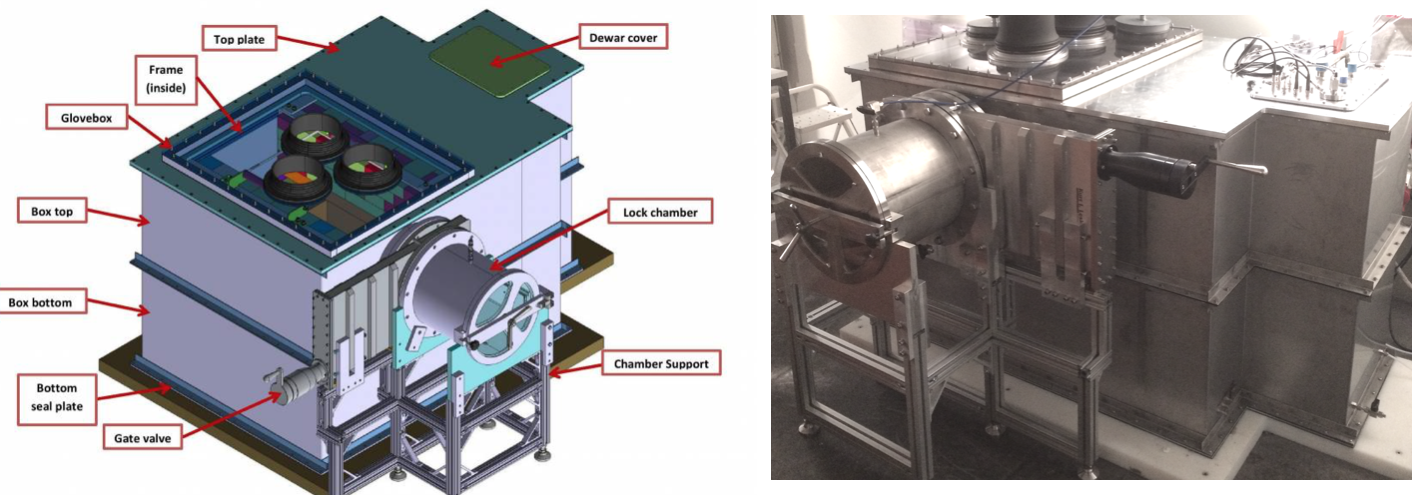Navigation auf uzh.ch
Navigation auf uzh.ch

Our group operates a high-purity germanium (HPGe) spectrometer in a low background environment underground at LNGS, under an average overburden of 3600 mwe. Gamma-ray spectroscopy is a standard method to screen and select materials for rare-event searches. Our germanium spectrometer (Gator) is placed in a low-background shield and combines a high energy resolution with a very low intrinsic background.
Gator is one of the world's most sensitive HPGe detectors, with an integral counting rate in the range of 10 events/hour in the energy region 100-2700 keV. It can detect sample activities down to about 10 microBq/kg for 226Ra and 228Th/228Ra. The detector is used to screen XENON and GERDA detector and shield components for their U/Th/K/Co content. In particular, it was employed to develop, together with Hamamatsu, VUV-sensitive PMTs with very low radioactivity levels. Furthermore, it was employed in the material radio assay and selection campaign for the XENON1T experiment, currently acquiring science data at LNGS. The results were used to construct full background models of the existing experiments and are guiding the construction of the next phases.The pictures show the HPGe detector during its installation in the inner copper shield at LNGS.

The detector contains a 2.2 kg p-type HPGe crystal housed in an electro-refined copper cryostat. It is surrounded by shields made of low-activity copper, lead and polyethylene and is housed in a box permanently flushed with pure nitrogen gas to suppress the influx of 222Rn. The sample chamber has a dimension of about (25x25x30) cm3, allowing us to place rather large samples around the germanium diode.